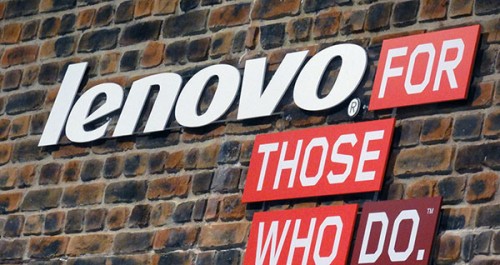Even though someone, we don’t know who, but someone had good intentions (maybe) at Lenovo, when they voluntarily installed Superfish Adware on new systems, it ultimately backfired on them. When we reported on this, Lenovo reps were still maintaining that the software was some sort of a feature that helped you find things in Google searches. But of course, after the security experts chimed in, the picture they painted wasn’t so rose coloured.
After tons of outrage from consumers, and industry experts shooting down their security guarantees, Lenovo has finally relented. They will be disabling the Superfish Adware, and will cease installing it on new systems immediately, according to the Wall Street Journal.
In an official statement, Lenovo has provided an explanation, and links, with instructions on how to uninstall the software, which was loaded on machines manufactured before January 2015. They also give a list of machines that may have had the software loaded. These include:
G Series: G410, G510, G710, G40-70, G50-70, G40-30, G50-30, G40-45, G50-45
U Series: U330P, U430P, U330Touch, U430Touch, U530Touch
Y Series: Y430P, Y40-70, Y50-70
Z Series: Z40-75, Z50-75, Z40-70, Z50-70
S Series: S310, S410, S40-70, S415, S415Touch, S20-30, S20-30Touch
Flex Series: Flex2 14D, Flex2 15D, Flex2 14, Flex2 15, Flex2 14(BTM), Flex2 15(BTM), Flex 10
MIIX Series: MIIX2-8, MIIX2-10, MIIX2-11
YOGA Series: YOGA2Pro-13, YOGA2-13, YOGA2-11BTM, YOGA2-11HSW
E Series: E10-30
While this list is fairly extensive, Lenovo maintains that business class machines, like their Thinkpad, were not loaded with this software. We’re not sure how much trust we can put into that statement. Especially after the lengths the company has gone to in order to make it seems like Superfish Adware is a good thing.
Source(s): WSJ / Lenovo


